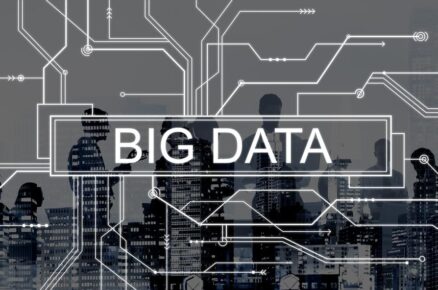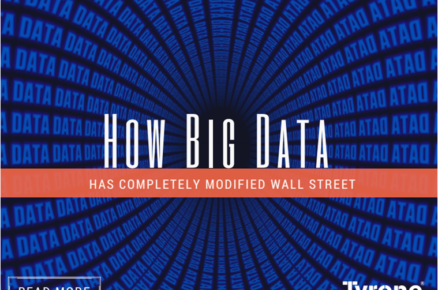Big Data is a big thing. It will change our world completely and is not a passing fad that will go away. To understand the phenomenon that is big data, it is often described using five Vs: Volume, Variety, Veracity, Value & Velocity.
1. Volume – The main characteristic that makes data “big” is the sheer volume. It makes no sense to focus on minimum storage units because the total amount of information is growing exponentially every year. On Facebook, alone we send 10 billion messages per day, click the “like’ button 4.5 billion times and upload 350 million new pictures each and every day. If we take all the data generated in the world between the beginning of time, the same amount of data will soon be generated every minute! This increasingly makes data sets too large to store and analyse using traditional database technology. With big data technology we can now store and use these data sets with the help of distributed systems, where parts of the data is stored in different locations and brought together by software.
2. Variety – Variety is one the most interesting developments in technology as more and more information is digitized. Traditional data types include things on a bank statement like date, amount, and time. These are things that fit neatly in a relational database.In the past we focused on structured data that neatly fits into tables or relational databases, such as financial data (e.g. sales by product or region). In fact, 80% of the world’s data is now unstructured, and therefore can’t easily be put into tables (think of photos, video sequences or social media updates). With big data technology we can now harness differed types of data (structured and unstructured) including messages, social media conversations, photos, sensor data, video or voice recordings and bring them together with more traditional, structured data.
3. Veracity – The messiness or trustworthiness of the data. With many forms of big data, quality and accuracy are less controllable (just think of Twitter posts with hash tags, abbreviations, typos and colloquial speech as well as the reliability and accuracy of content) but big data and analytics technology now allows us to work with these type of data. The volumes often make up for the lack of quality or accuracy.
4. Value – Then there is another V to take into account when looking at Big Data: Value! It is all well and good having access to big data but unless we can turn it into value it is useless. So you can safely argue that ‘value’ is the most important V of Big Data. It is important that businesses make a business case for any attempt to collect and leverage big data. It is so easy to fall into the buzz trap and embark on big data initiatives without a clear understanding of costs and benefits.
5. Velocity – Velocity is the frequency of incoming data that needs to be processed. Think about how many SMS messages, Facebook status updates, or credit card swipes are being sent on a particular telecom carrier every minute of every day, and you’ll have a good appreciation of velocity.











